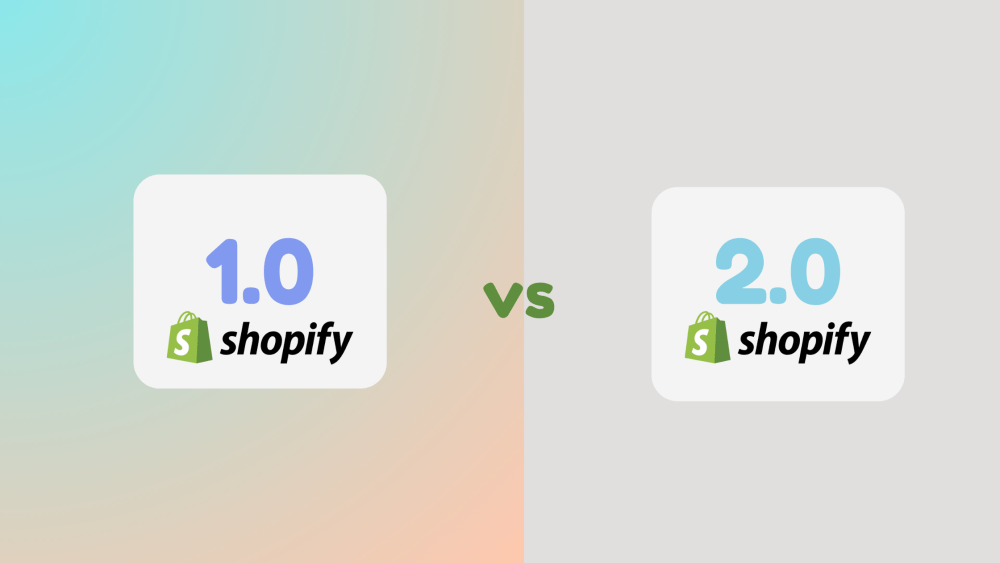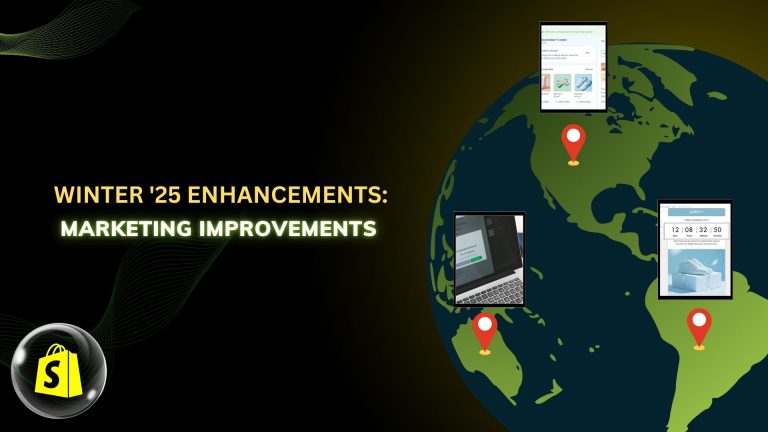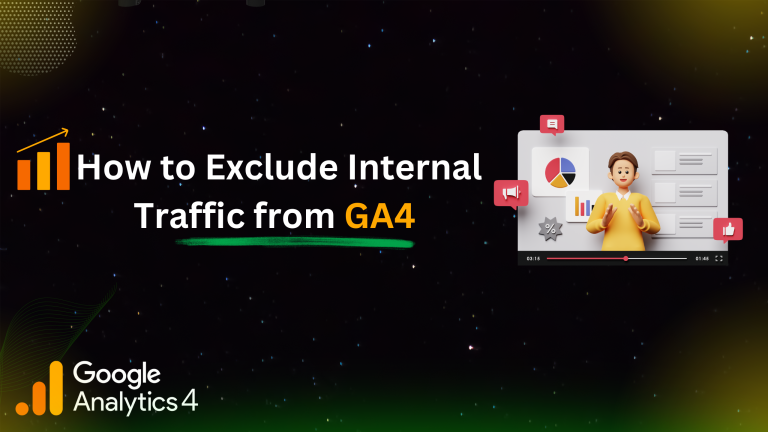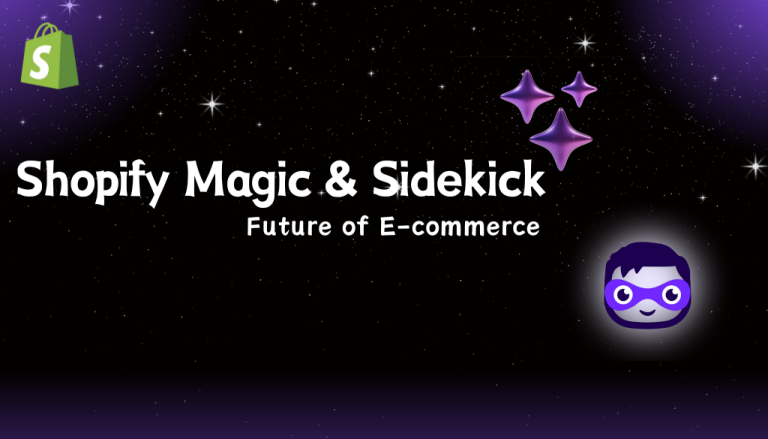The similar platform powers both Shopify 2.0 and Shopify 1.0; still, Shopify 2.0 is much more large. Its number of new features ensures the smooth running of your eCommerce enterprise.
1. Define Shopify 1.0?
The first version of the Shopify platform is termed Shopify 1.0, which was the base used by many online businesses for more than a decade of their lives. It had equipped retailers with every tool required to set up and maintain their online stores.
2. Define Shopify 2.0?
Shopify 2.0 is the recent Shopify platform. It was designed to make retailers have more capacity, better performance, and enhanced customization capabilities.
3. Shopify 1.0 and 2.0’s Key Differences
Theme Architecture:
Shopify 1.0: Someone on Liquid templates for structure, which required coding knowledge to make significant changes.
Shopify 2.0 has a sectional and block-based modular design that makes it simple for merchants to add, edit, and rearrange content on any page.
Customization Capabilities:
Shopify 1.0: Customization was limited to what the theme settings allowed. Advanced changes required editing liquid files.
Shopify 2.0 offers drag-and-drop customization across the whole website. Sellers can now create unique layouts for different pages without coding.
Performance and Speed:
Shopify 1.0: Performance depended heavily on theme optimization and could be affected by excessive apps and custom code.
Shopify 2.0: Designed with speed in mind, this version offers quicker load times and enhanced overall performance with to greater network and code optimization.
App Integrations:
Shopify 1.0: Integration often requires manual setup and configuration, sometimes leading to compatibility issues.
Shopify 2.0: streamlined integrations with the ability to add app functionality directly into the theme editor, reducing setup time and issues.
SEO and Analytics:
Shopify 1.0: Basic SEO tools were accessible, but additional functions frequently required using third-party programs.
Shopify 2.0: It has also attained features such as customizable URLs, which help create a lot of structured data to obtain better indexing, analysis tools that provide insight into in-depth analysis.
4. Benefits of Shopify 2.0
Enhanced User Context
Both customers and merchants benefit from improved customization options and an easier-to-use interface.
Increased Customization Flexibility:
The ability to customize every aspect of the store without coding provides greater flexibility to create a unique brand presence.
Better performance and faster load times:
Optimized code and infrastructure improvements result in faster page loads, which can positively impact SEO and customer satisfaction.
Enhanced SEO capabilities:
Advanced SEO features help improve search engine rankings, driving more organic traffic to the store.
Simplified App Integrations:
Simple app integration speeds up setup and guarantees that there are no compatibility problems with the store.

In many regards, the transition from Shopify 1.0 to 2.0 comes with some major new features and improvements so that making and personalizing your online store is easier and smoother. Shopify 2.0 means you’ve got the freedom and resources to build a strong, accessible e-commerce website, regardless of experience level at either development or as a merchant.













